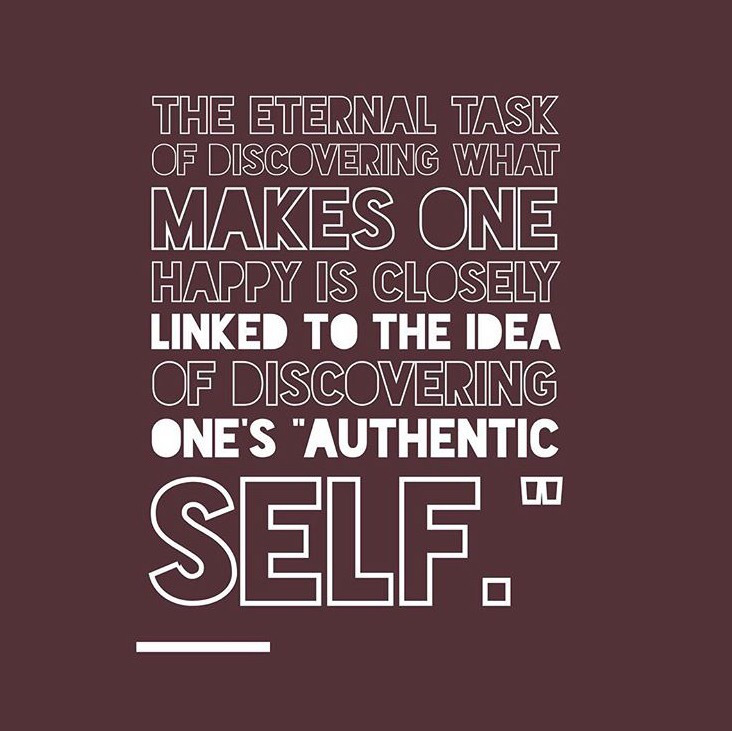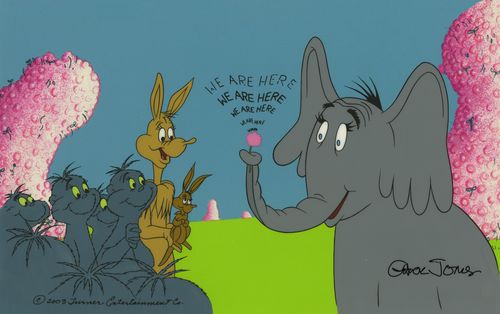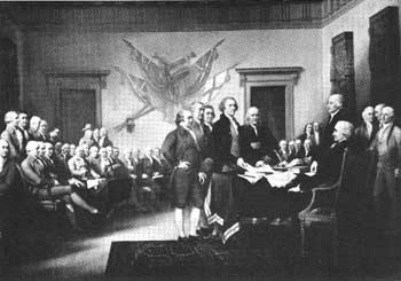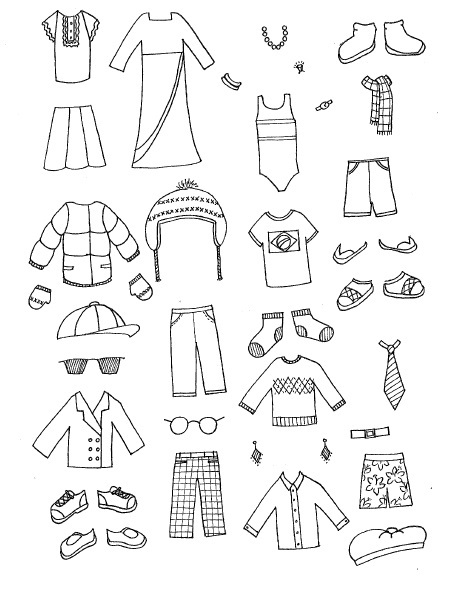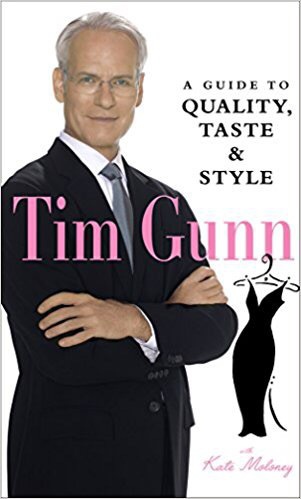
I just finished reading Tim Gunn’s A Guide to Quality Taste and Style and I thought I would give some thoughts on the book.
Let’s start with the fact that I love Tim Gunn. I am an English teacher who spends my day providing feedback to students and coaching them to improve their skills in composition. I love the way Tim Gunn conferences with the designers on PR, how he asks questions, and how he guides them to reflect on their intended outcome. His style of feedback is one that I aspire to in my own classroom (although it be much easier to do with 10 students, instead of the 40 that I usually have). Ok, I’m getting off a bit…let me tell you about the book.
Gunn describes the conundrum that cheap clothes isn’t really cheap in the long run. This really stuck with me. I have never been an extreme shopper, but I have been guilty of shopping out of boredom or jumping at something trendy and buying the item in fast fashion stores. I’ve gotten used to the $20-40 price point for a shirt. I decided about a year ago to make conscious choices against fast fashion, and I have stuck to this. I have used postmark, thred up, and our local consignment stores to buy my clothes. Although, this is a better alternative to fast fashion, I’m still left wanting something different. The items that I’m buying are cheaply made and, often because my choices are not intentional, I have items in my closet that I don’t love. Lately, I have found myself looking at more high quality ethical pieces, but I can’t get over the price point of a shirt for $100-200. Tim Gunn describes this as false economy. This rings so true to me because I don’t feel like the clothes that I wear last through more than a couple of seasons. He writes, “By choosing to spend less on an item you wear all the time, you will ultimately end up spending more as your cheap item requires repairs or replacement.” I will definitely be keeping his words in my head as I move forward into my style journey and choose pieces to purchase.
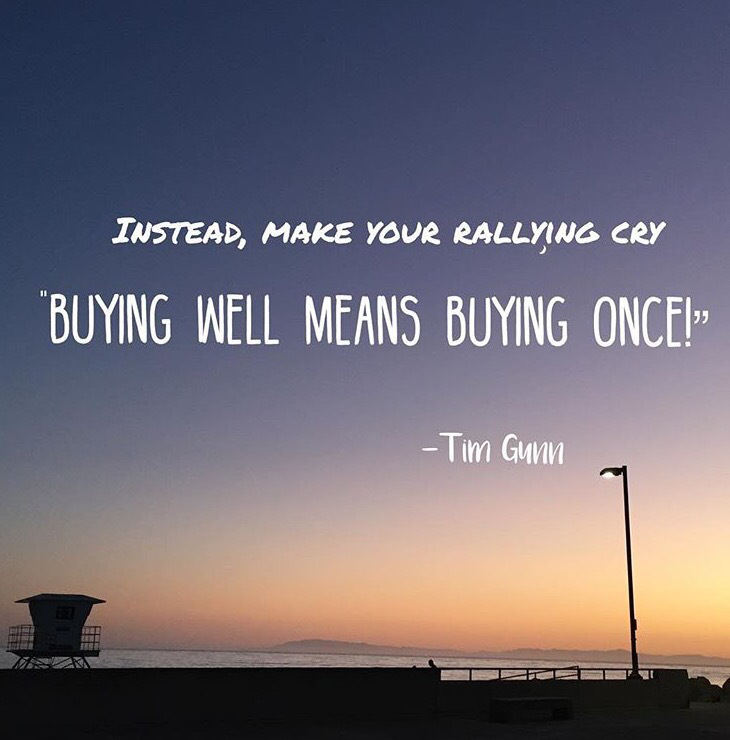 On my style journey, I have looked at many pictures for inspiration, so I found Gunn’s discussion about style mentors intriguing. He explains that identifying style mentors can help us hone in our own style, especially because the ladies that he mentions as style icons have a very clear personal aesthetic and fashion point of view. I’ve decided that I appreciate the style of Sofia Coppola. Her simplicity and boyish charm is classic. I like her tailored pants and loafers, as well as her button ups and clean color palette. Although this is a useful exercise, Tim Gunn really focuses on celebrities as style icons. However I believe that with Instagram and other social media outlets, we have access to so much more and so many more style icons. And many of these style icons reflect a practical, thoughtful, and more nuanced style that can be emulated and used to inspire our own wardrobes. Lately, I’ve taken great inspiration from these ladies on Instagram: @thismomsgonnasnap @stylethislife @caroline_joy @leevosburgh @karin.rambo.
On my style journey, I have looked at many pictures for inspiration, so I found Gunn’s discussion about style mentors intriguing. He explains that identifying style mentors can help us hone in our own style, especially because the ladies that he mentions as style icons have a very clear personal aesthetic and fashion point of view. I’ve decided that I appreciate the style of Sofia Coppola. Her simplicity and boyish charm is classic. I like her tailored pants and loafers, as well as her button ups and clean color palette. Although this is a useful exercise, Tim Gunn really focuses on celebrities as style icons. However I believe that with Instagram and other social media outlets, we have access to so much more and so many more style icons. And many of these style icons reflect a practical, thoughtful, and more nuanced style that can be emulated and used to inspire our own wardrobes. Lately, I’ve taken great inspiration from these ladies on Instagram: @thismomsgonnasnap @stylethislife @caroline_joy @leevosburgh @karin.rambo.
My feelings towards the book as a whole are similar to my feelings of his thoughts on style icons: although he has some good advice, he seems to live in a very different world than I live in so that advice often lacks the practical grounding to make it meaningful. I don’t need advice to soirees or multiple dress codes for weddings.
